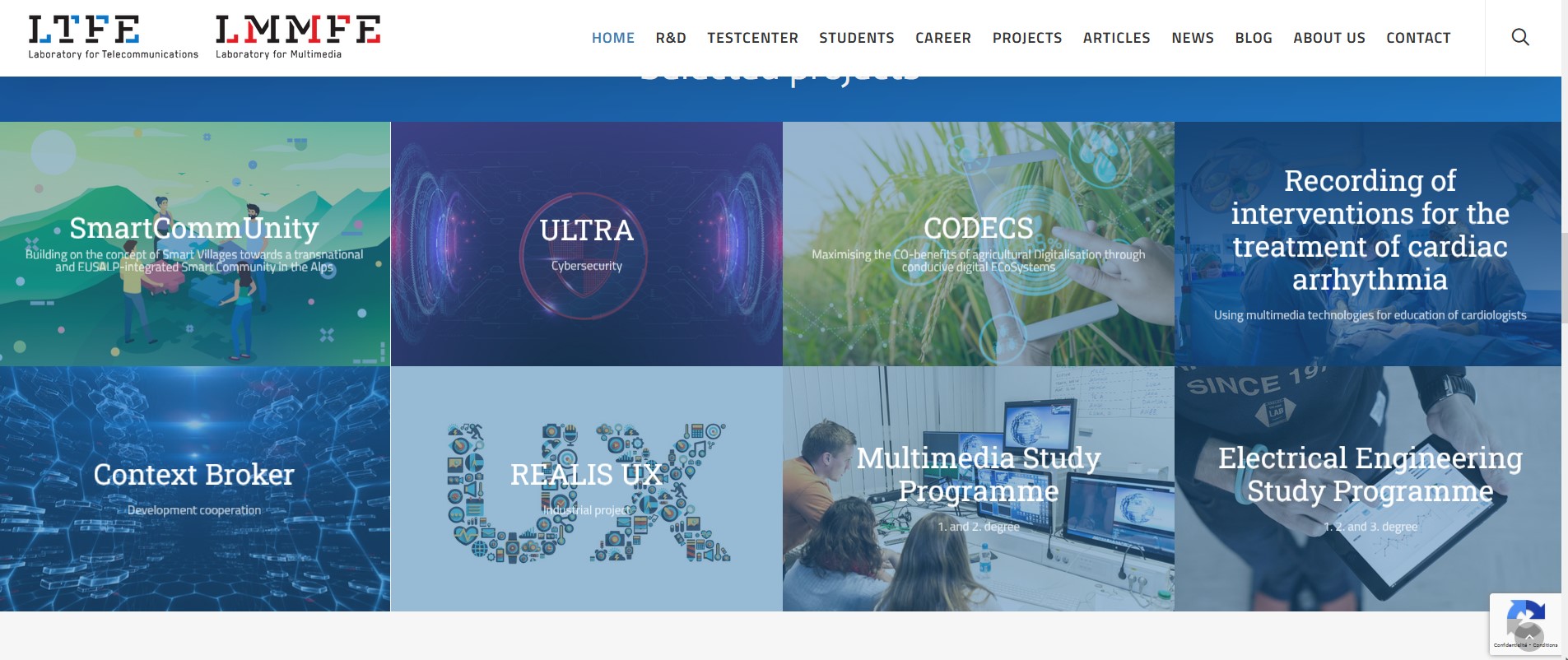The fact is that growing revenues and profits are the driving force of digital transformation. Making money is why companies got into business in the first place.
However, financial considerations shouldn’t be the sole focus of digital transformation. Organizations must consider what successful digital transformation means for them and how they can implement a plan to achieve that vision.
Mapping out a digital transformation plan should include a critical assessment of which digital tools employees need to efficiently get the job done. Only then can organizations ensure they invest in the employee-facing technology solutions that yield the highest employee engagement and, thus, the best customer experiences.
It’s no secret that business has changed. In the recent past, businesses focused on the product and – if customers were lucky – customer support came along for the ride. But now experience is the centerpiece of everything businesses do.
DigitalTransformation doesn't just increase revenue, it can impact employee productivity too.
People like to have the information technology (IT) tools they need to be empowered, productive and successful at work. Yet a recent survey by Zensar shows that 53% of higher-level professionals believe that their company’s digital transformation priorities are focused on how to increase profits instead of empowering employees. And most said their companies would benefit from employee empowerment via investments in IT.









